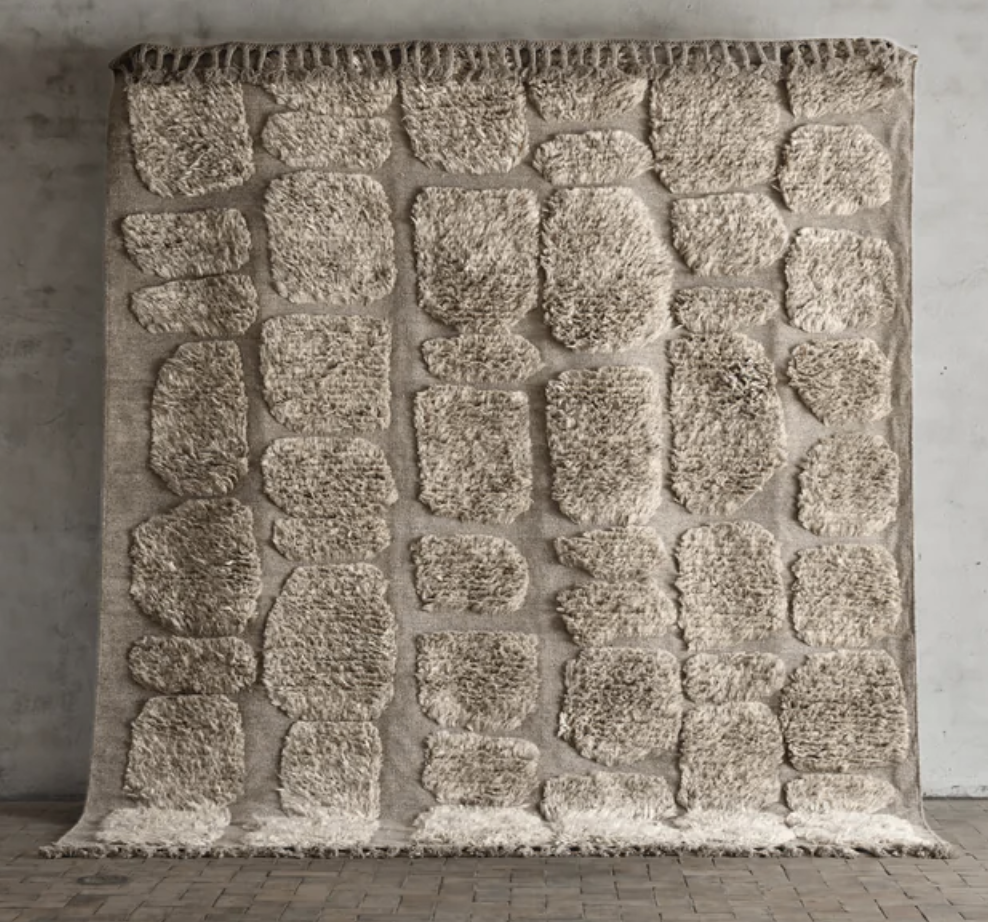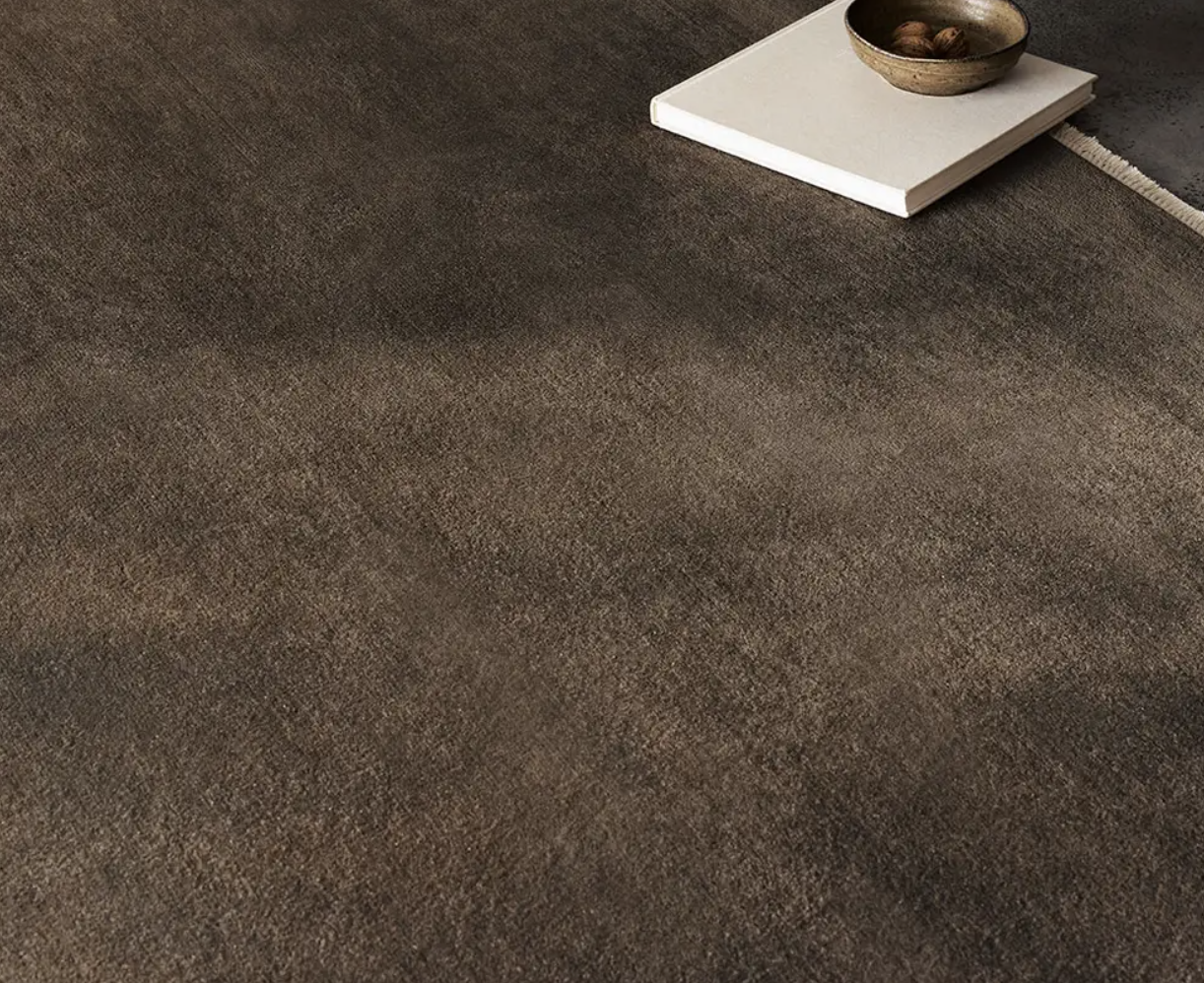Your Guide to Rug Selection
There is nothing that completes a room more than a rug - it is such an important styling piece in a home. A rug grounds the space and all the furniture that sits within it. Our choice is always to go with a neutral rug, and believe it’s a piece you can invest in. A rug has the power to elevate and transform a space.
How to choose the right rug for your space:
Sizing & Scale
The biggest mistake we see is that a rug is too small. You want the rug to sit generously underneath all of the furniture. A rug that is too small makes the space feel unfinished and not to scale. If in doubt, go big.
Underneath a dining table: allow 1-1.5m extra on all sides of the table for a rug
Around a bed: allow minimum 1m on either size of the bed & front for a rug. You can start the rug just underneath the bedside tables if needed.
In lounge room: this is a room to especially go big! You want all of your lounge furniture to sit on top of the rug (lounge, arm chairs, coffee table).
Material
Choosing the right material and pile for the end use of the space is really important. Materials affect how the space feels, so choose the right texture for how you intend for the space to feel. You want to think about the traffic of the room and how the space will be used.
Bedrooms: can afford a lusher, thicker pile because its generally a lower traffic area, and creates a luxurious & cosy feeling.
Living area: we would choose a cotton or jute
Kitchen runner: jute or cotton and should be easy to clean and very low pile to avoid any trip hazards in this high use space.
Rugs are our choice for:
Defining Spaces
Rugs are perfect for delineating different areas within a room, especially in open-plan layouts. A strategically placed rug can define a living area, dining space, or a cozy reading nook, providing a sense of order and organization. This is particularly useful in lofts and large open spaces where you want to create distinct zones without erecting walls.
Add Warmth
One of the most immediate benefits of a rug is the warmth and comfort it brings. Hardwood, tile, or laminate floors can be cold and uninviting. A plush rug not only adds a layer of insulation but also provides a soft surface underfoot, making the room feel cozier and more welcoming. This is particularly important in areas where you spend a lot of time barefoot, like bedrooms and living rooms.
Layering & Texture
Incorporating different textures into a space adds depth and interest. Rugs provide an excellent opportunity for layering textures. For example, layering a smaller, patterned rug over a larger, neutral one can create a visually dynamic effect. Mixing textures, such as a plush shag rug with a sleek leather sofa, enhances the tactile experience of the room.








